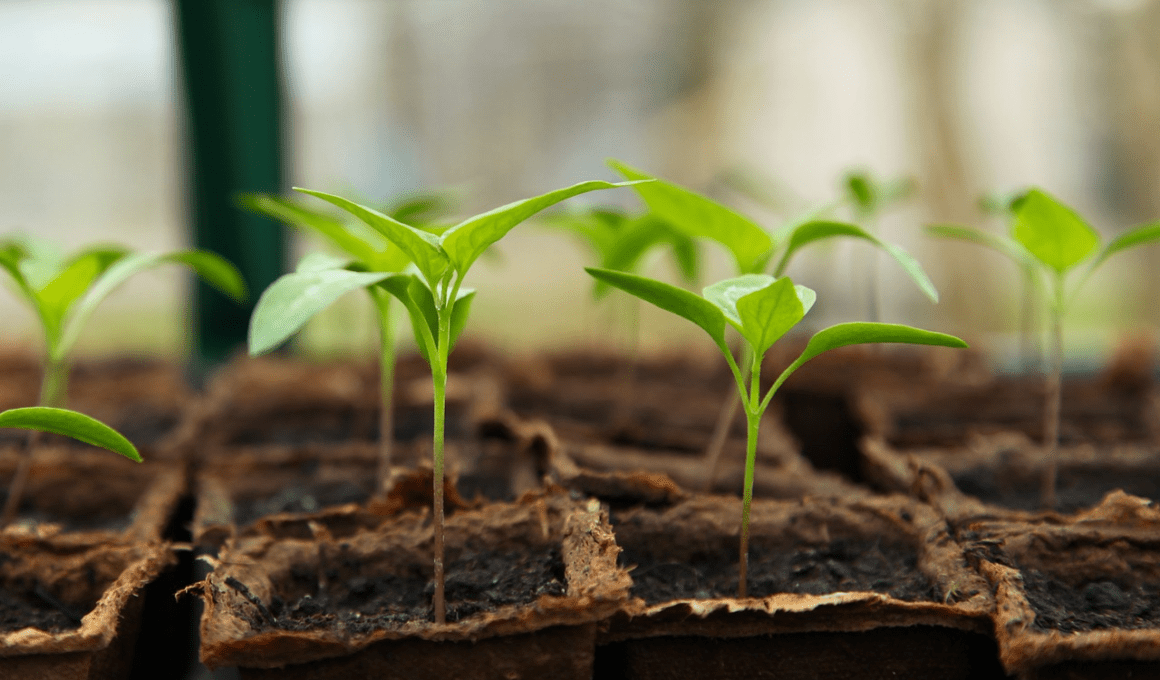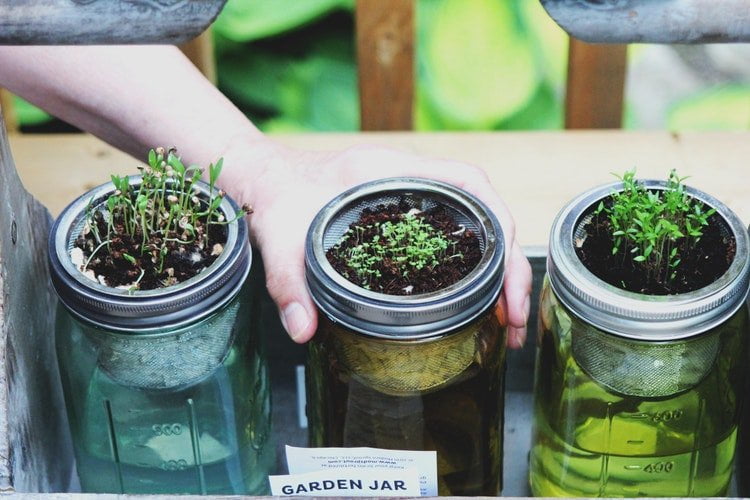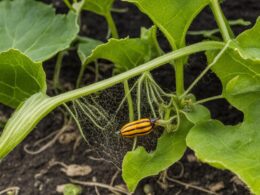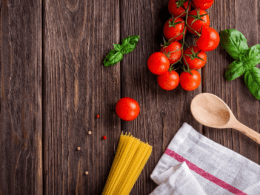Quick Takeaways
- Fertilizing seedlings is important for providing necessary nutrients, as seed starting soil mixes are low-nutrient.
- Fertilization should start after seedlings have grown 2-3 sets of ‘true’ leaves, and liquid organic fertilizers like fish emulsion or kelp are best for seedlings.
- Over-fertilizing can lead to salt buildup around roots, choking them off, and seedlings require a balance of nutrients and trace elements for healthy growth.
- Fertilizing seedlings can lead to faster growth of stems and foliage, and seedlings can lose vigor and eventually die without proper fertilization.
When to Fertilize
You should start fertilizing your seedlings after they’ve grown 2-3 sets of true leaves, which typically takes about 3-4 weeks. Nutrient deficiencies can cause stunted growth or yellowing of leaves, so it’s important to provide fertilizer to give your seedlings the necessary nutrients. Signs to look for when fertilizing seedlings include slow growth or yellowing leaves, which may indicate a need for more nutrients. When fertilizing seedlings, it’s important to avoid common mistakes such as using granular fertilizers or over-fertilizing. Granular fertilizers can burn seedlings if they end up on stems or leaves, while over-fertilizing can lead to salt buildup around roots, choking them off. Organic fertilizers like fish emulsion or kelp are great options for seedlings, as they provide nutrients without the risk of chemical buildup. Synthetic fertilizers can also be used, but it’s important to follow package instructions carefully to avoid over-fertilizing.How Does Adjusting the pH Level of My Garden Soil Affect Seedling Growth?
Adjusting the pH level of your garden soil can significantly boost your garden’s ph. This can have a profound impact on seedling growth. By creating the optimal pH environment, you provide the necessary conditions for seeds to germinate and seedlings to thrive. A balanced pH level ensures effective nutrient uptake and overall healthier plants.









